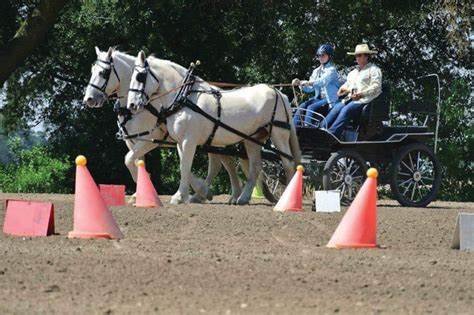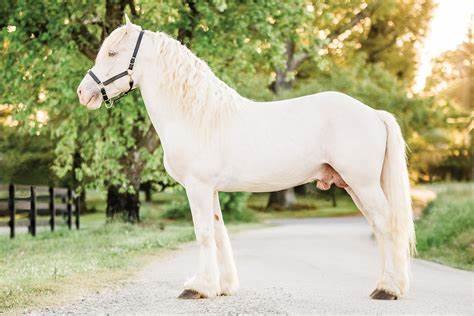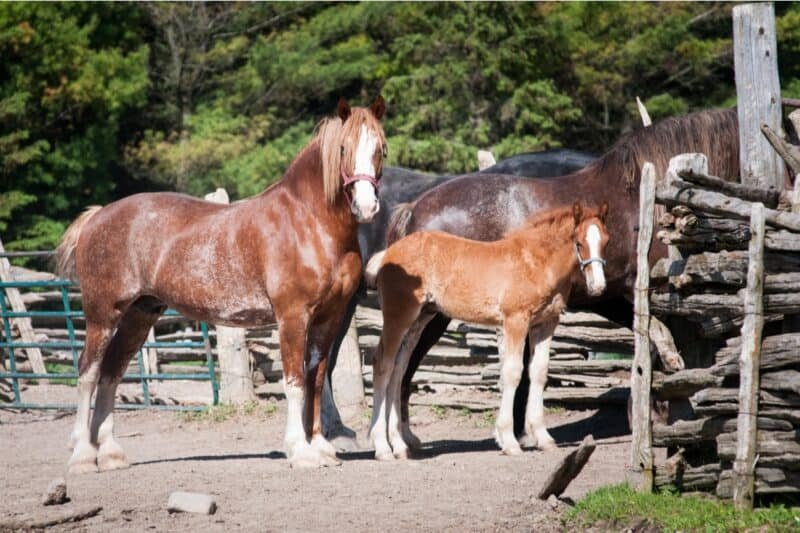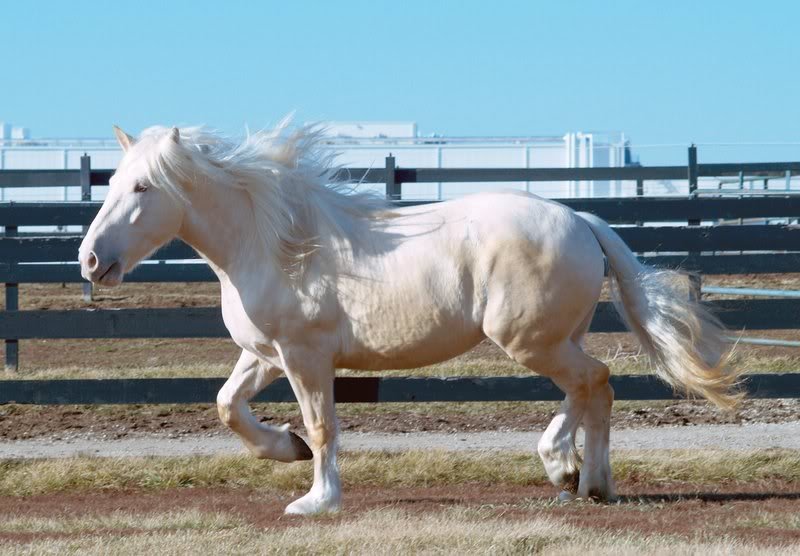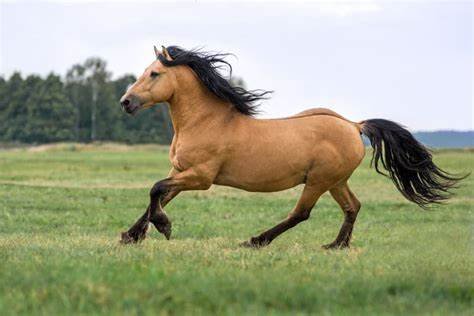Cream draft horses, specifically the American Cream Draft breed, have a long and storied history in agriculture and labor. Known for their striking pale coats, strength, and gentle temperament, these horses were once essential for farm work and transportation. While mechanization has largely replaced draft horses in agriculture, cream draft horses are still valued for their versatility and unique qualities. In modern times, these horses are utilized in a variety of roles that take advantage of their physical capabilities, calm nature, and historical charm.
1. Farm and Agricultural Work
While tractors and other machines have taken over much of the work that cream draft horses once did on the farm, these horses still find a place in modern agriculture, particularly on smaller farms and in sustainable farming practices. Cream draft horses are used for tasks like plowing, logging, and pulling carts. Their large, muscular frames make them well-suited for heavy pulling, especially in environments where tractors might not be as effective due to terrain or space constraints. Additionally, the use of horses for these tasks can reduce the environmental impact of farming, as they don’t require fuel or produce emissions.
2. Forestry and Logging
Cream draft horses are often used in forestry and logging, especially in areas where it’s difficult for machines to access. Their strength and size allow them to haul logs out of forests without damaging the surrounding ecosystem. The gentle, controlled movements of these horses make them ideal for this work, as they can maneuver around trees and other obstacles while pulling heavy loads. Using draft horses for logging is also more eco-friendly, as they minimize soil compaction and environmental disturbance compared to heavy machinery.
3. Draft Horse Shows and Competitions
Cream draft horses are commonly featured in draft horse shows and competitions, where their impressive size, strength, and elegant appearance are showcased. In these events, they are often used for pulling contests, where teams of draft horses pull heavy weights or obstacles. The American Cream Draft, with its distinctive cream-colored coat, is a crowd favorite in these competitions due to its strength, beauty, and gentle disposition. These shows not only celebrate the breed’s capabilities but also help preserve the tradition of draft horse work.
4. Recreational Riding and Driving
Although cream draft horses are not typically used for riding, they are ideal for driving competitions and recreational use. They can be harnessed for carriage rides, weddings, and parades, where their size and striking appearance make a bold statement. Additionally, these horses are often used for leisurely horse-drawn carriage tours, particularly in tourist areas, where visitors can enjoy a relaxing ride through scenic landscapes. The calm and friendly nature of cream draft horses makes them a great choice for these types of activities, as they are easy to handle and enjoy working with people.
5. Therapeutic Riding and Equine-Assisted Therapy
Cream draft horses, due to their gentle temperament and patient nature, are also excellent candidates for therapeutic riding programs. Equine-assisted therapy has been shown to benefit individuals with physical, emotional, or developmental challenges. Cream draft horses, with their calm demeanor, provide a sense of comfort and security for those involved in therapy sessions. Their large size also allows them to support individuals with special needs who may require more physical assistance during sessions.
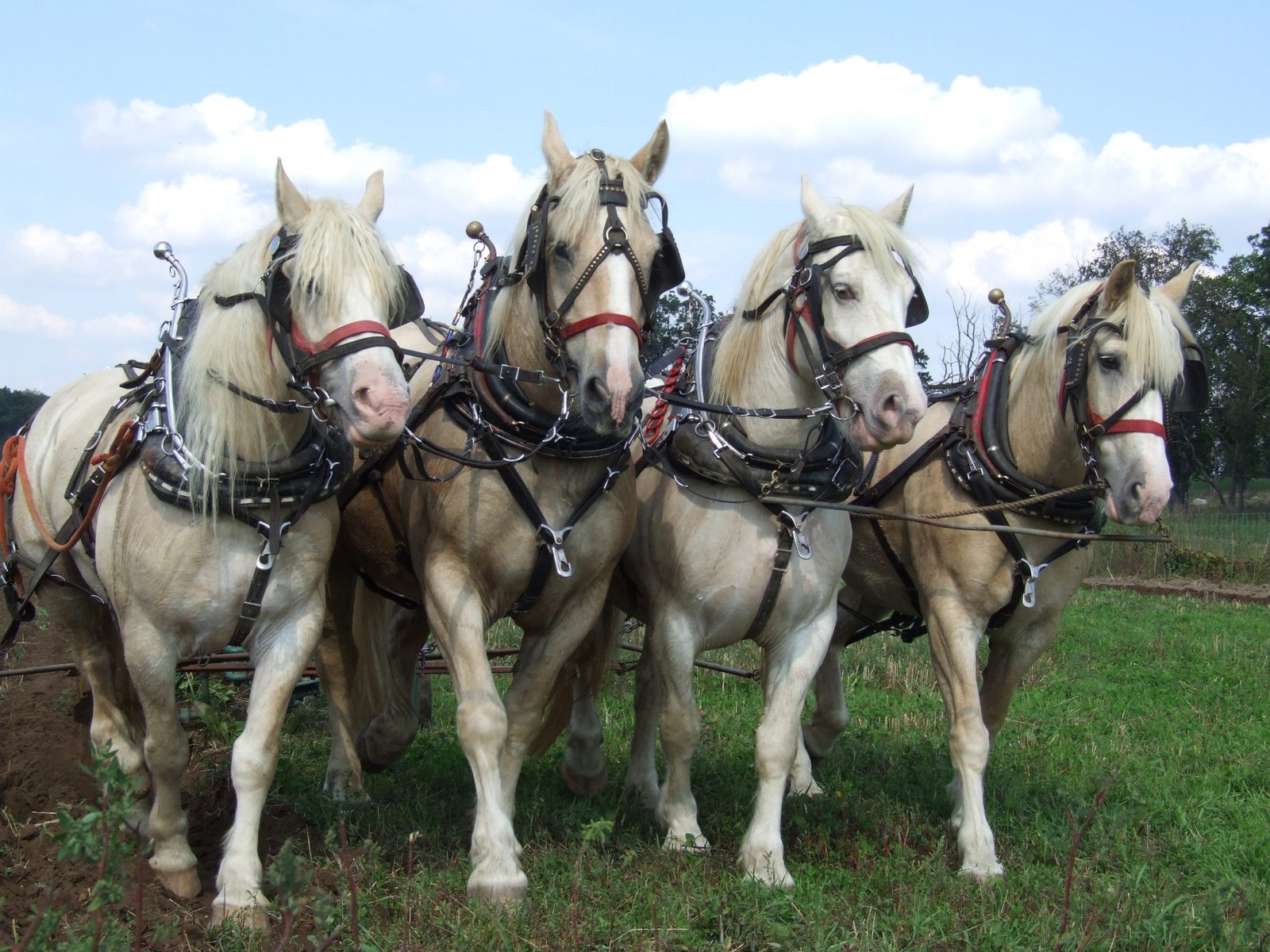
6. Environmental and Land Management
In certain regions, cream draft horses are employed for land management tasks such as trail maintenance, vineyard work, or even conservation projects. Their ability to work in areas where modern machinery might struggle (such as narrow paths or sensitive landscapes) allows them to assist in maintaining and managing the environment. These horses can pull equipment for tasks like clearing brush, maintaining paths, or even helping in the restoration of historical properties where heavy machinery could be damaging.
7. Agricultural Education and Preservation
In educational settings, cream draft horses play a vital role in teaching future generations about sustainable farming practices, animal care, and agricultural history. Many farming schools, museums, and heritage sites use draft horses in demonstrations to show students and the public the traditional ways of working the land. These demonstrations often include plowing, haymaking, and other farming tasks, helping people understand the labor-intensive nature of farming before the advent of modern machinery.
8. Preservation of Heritage Breeds
Finally, cream draft horses serve an important role in preserving the heritage and cultural significance of working horses. Their historical importance in American agriculture means that maintaining a population of healthy, working draft horses helps to preserve a piece of agricultural history. These horses are not only valuable for practical tasks but also for their role in preserving traditions and educating the public about the past.
Conclusion
Cream draft horses continue to be valuable and versatile animals in modern-day agriculture, work, and leisure activities. From performing tasks like logging and plowing to participating in competitive events and equine-assisted therapy, these horses still have an important place in today’s world. Their strength, gentle temperament, and historical significance ensure that cream draft horses will remain a cherished breed for years to come.







